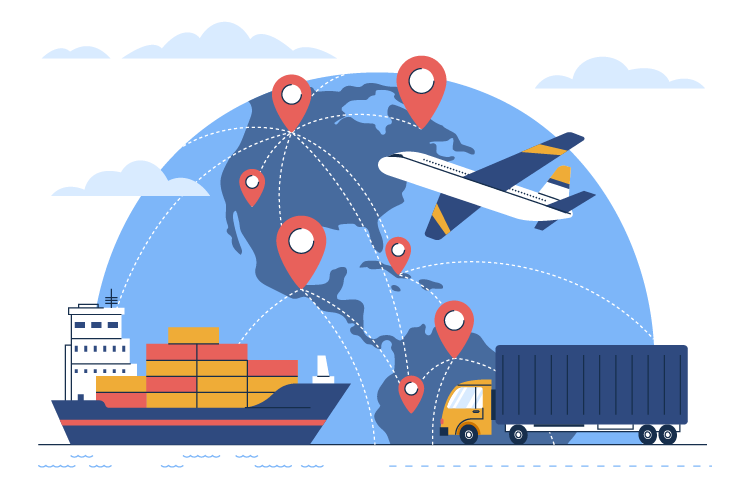
When They Need Help With Supply Chain Network Design And Footprint Optimization?
Kano Andalan’s supply chain network design and footprint optimization services are designed to help companies when they struggle with these challenges.
No Supply Chain Or Operations Control Tower Capabilities
Supply chain currently manually operated? No central capabilities to analyze all of your shipments and movements across internal facilities and vendors? Companies seek help from Kano Andalan when they need help building control tower capabilities.
Limited Supply Chain Traceability Across The Supply Chain Network
Not able to plan your supply chain because of limited visibility across the network? Struggling with product traceability in regulated industries? Companies seek help from Kano Andalan when they struggle with supply chain traceability across the supply chain network.
Revenue Not Optimized Across Supply Chain
Not sure if there might be revenue optimization opportunities by shipping or moving goods differently? Curious about analyzing current shipment and movement data to find optimization opportunities? Companies seek help from Kano Andalan when their revenue might not be optimized across the supply chain.
No Centralized Capabilities To Plan Shipments And Movements
Current sites and docks siloed without centralized planning capabilities? Synergies between different docks and sites exist but not able to capitalize on them because of the lack of system capacity. Companies seek help from Kano Andalan when they need centralized capabilities to plan shipments and movements.
Decision Science Is Not Working To Optimize The Supply Chain Network
SStruggling to get quality data to make decisions? Can’t make timely decisions because of delayed insights? Companies seek help from Kano Andalan when decision science doesn’t work to optimize the supply chain network.
OUR METHOD
Our Methodology For Supply Chain Network Design And Footprint Optimization
The process starts with an assessment to identify the KPIs and processes that would drive supply chain network design and footprint optimization. Once identified, as-is and to-be process models are built, including aligning all the stakeholders about the impact on their areas. And the changes that need to be made with processes, data, and systems to recalibrate planning.
Step 1: Assessment
This phase starts with as-is and to-be process models, as well as digging into the current issues aligned with the goals of supply chain network design and footprint optimization. This phase also proposes several options and their pros and cons, along with the business case. An option that is least financially and technically risky is chosen for the next step.
Step 2: Business Process And Technical Analysis
This step is a deeper dive into the chosen options and tracing processes and data related to supply chain network design and footprint optimization. This step also performs buy vs. build analysis if system changes might be required to achieve the profitability goals.
Step 3: Implementation
This step implements the changes identified, whether they are going to be system, process, or data related. This phase could be divided into multiple phases and milestones depending upon the complexity of each change, including the identification of KPIs and how the changes would be measured after each step.
Step 4: Adoption And Optimization
Post implementation, this step helps in gathering feedback from the users if the initiative is aligned with their expectations, as well as whether the new supply chain network design and footprint optimization techniques have helped them hit their KPIs.This phase iterates until the stakeholders confirm the results of the new changes.
